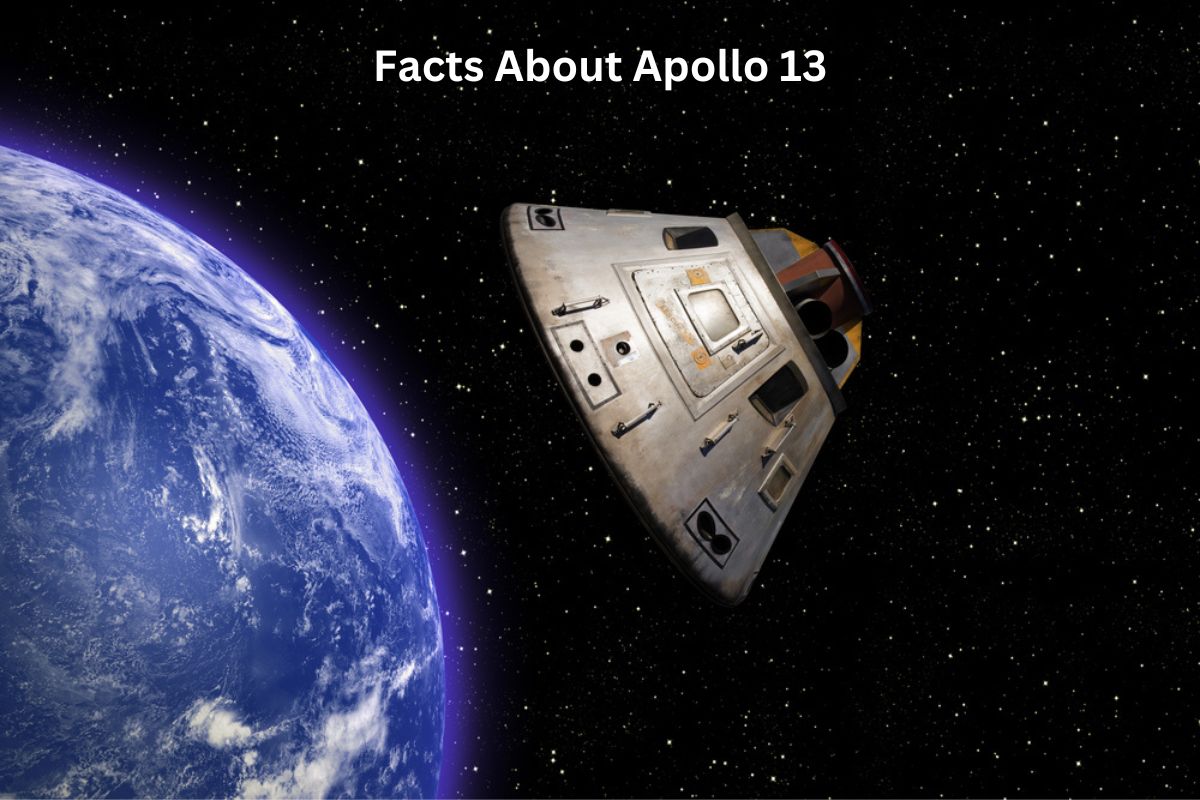Apollo 13, the seventh mission in NASA’s Apollo program, is renowned for its dramatic and near-disastrous journey to the moon. While originally intended to be the third mission to land humans on the lunar surface, Apollo 13 faced a critical mid-flight crisis that forced its mission objectives to be dramatically altered.
Despite the challenges, the crew’s resourcefulness and the unwavering dedication of NASA’s ground control teams led to a remarkable “successful failure” story, showcasing human ingenuity and teamwork in space exploration.
This mission not only had a profound impact on the Apollo program but also inspired a critically acclaimed film adaptation that brought its story to a wider audience.
Apollo 13 Facts
1. Apollo 13 was the seventh Apollo program mission
Apollo 13 was the seventh crewed mission in NASA’s Apollo program. The Apollo program was a series of missions designed to explore and land on the moon.
Also Read: Timeline of Apollo 13
The goal of Apollo 13 was to continue the exploration of the lunar surface and conduct scientific experiments, particularly in the Fra Mauro region. This region was selected due to its geologic interest and the potential to shed light on the moon’s early history.
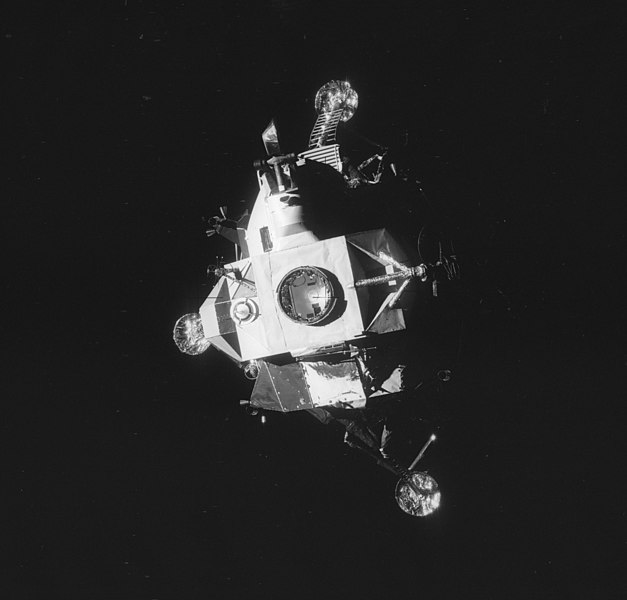
2. Its original goal was to land on the moon
The primary objective of Apollo 13 was to achieve a lunar landing, just like its predecessors, Apollo 11 and Apollo 12.
Also Read: Facts About Landing on the Moon
The plan was for the lunar module, named “Aquarius,” to descend to the moon’s surface while the command module, “Odyssey,” remained in lunar orbit with one astronaut aboard. However, Apollo 13 would never fulfill this objective due to a critical in-flight incident.
3. The crew consisted of James Lovell, John Swigert, and Fred Haise
Apollo 13 had a three-person crew, consisting of the following astronauts:
- James A. Lovell Jr. (Commander): Jim Lovell was a veteran astronaut who had previously flown on the Apollo 8 mission. He was chosen as the commander for Apollo 13.
- John L. Swigert Jr. (Command Module Pilot): Jack Swigert replaced the original command module pilot, Ken Mattingly, just days before the mission due to concerns about Mattingly’s exposure to the measles. Swigert had no prior experience in spaceflight but was a capable astronaut.
- Fred W. Haise Jr. (Lunar Module Pilot): Fred Haise was responsible for piloting the lunar module and was originally scheduled to become the sixth person to walk on the moon.
These three astronauts made up the crew that would face significant challenges during the Apollo 13 mission, including the critical oxygen tank explosion that forced the mission to be dramatically altered.
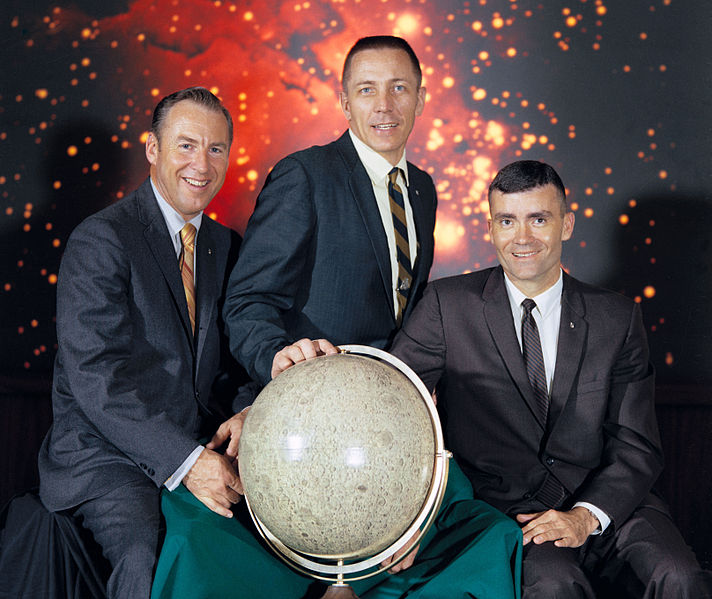
4. An oxygen tank in the service module exploded on April 13, 1970
On April 13, 1970, just over 56 hours into the Apollo 13 mission and while the spacecraft was about 200,000 miles from Earth, an oxygen tank in the service module experienced a catastrophic explosion.
The explosion was caused by an electrical fault in the liquid oxygen tank’s heating element, which damaged the tank and caused its contents to vent into space.
The explosion not only resulted in the immediate loss of one of the two oxygen tanks but also damaged the second tank. This meant that the spacecraft’s command module, Odyssey, lost its primary source of electrical power, water, and oxygen. The situation became life-threatening for the crew.
5. The famous phrase “Houston, we have a problem” was used
Following the oxygen tank explosion, the astronauts on board radioed the iconic phrase, “Houston, we have a problem.” The phrase was first spoken by Commander Jim Lovell to mission control in Houston, Texas, to alert them to the emergency situation.
It is often misquoted as “Houston, we’ve had a problem” in the popular culture, thanks in part to the movie adaptation. This call for help marked the beginning of a tense and intense effort to save the crew and bring them safely back to Earth.
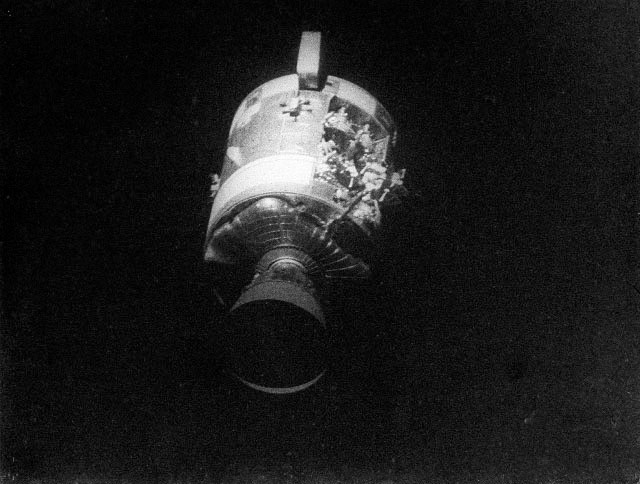
6. The mission had to be aborted and a lunar landing canceled
In light of the critical situation caused by the oxygen tank explosion, the original mission objective of landing on the moon had to be abandoned.
The immediate priority became the safe return of the astronauts to Earth. To achieve this, mission control and the Apollo 13 crew worked together to use the lunar module, Aquarius, as a “lifeboat” to provide life support and propulsion for the return journey.
7. The crew executed a lunar flyby instead
Instead of landing on the moon, Apollo 13 executed a lunar flyby. The spacecraft swung around the moon, coming as close as 158 miles (254 kilometers) to the lunar surface.
The moon’s gravitational pull was used to assist in altering the spacecraft’s trajectory and propelling it back towards Earth. This “slingshot” maneuver was crucial in ensuring a safe return.
The crew’s ability to adapt to these unexpected circumstances and the resourcefulness of NASA’s ground control teams played a significant role in the ultimate success of the mission, as they safely navigated the spacecraft back to Earth.
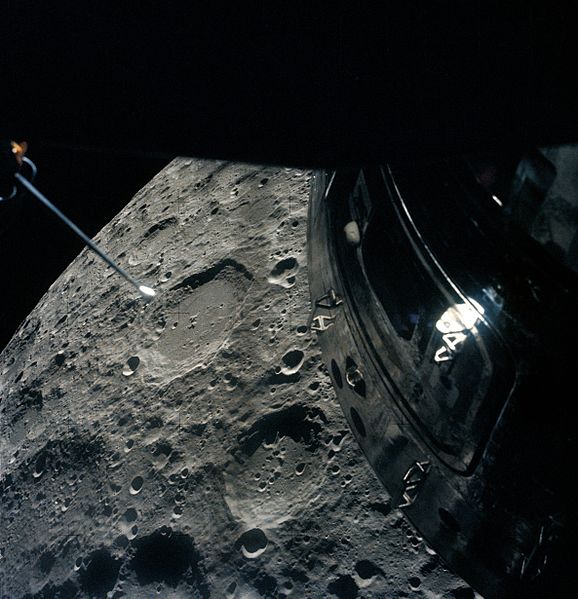
8. The mission lasted for 5 days, 22 hours, 54 minutes, and 41 seconds
The Apollo 13 mission had a total duration of 5 days, 22 hours, 54 minutes, and 41 seconds. It commenced with its launch from Kennedy Space Center on April 11, 1970, and concluded with its safe splashdown in the Pacific Ocean on April 17, 1970.
Despite the numerous challenges faced during the mission, the crew successfully returned to Earth within this timeframe.
9. Apollo 13 led to safety improvements in future missions
Apollo 13 had a profound impact on the Apollo program and NASA as a whole. The oxygen tank explosion and the subsequent crisis prompted a thorough investigation into the design and safety of Apollo spacecraft.
It led to important improvements in spacecraft systems and procedures to prevent similar incidents in future missions. The lessons learned from Apollo 13 contributed to the overall success and safety of the later Apollo missions.
10. It was the subject of the 1995 film “Apollo 13” starring Tom Hanks
The story of Apollo 13 was adapted into a popular 1995 film titled “Apollo 13.” Directed by Ron Howard, the film starred Tom Hanks as Jim Lovell, Kevin Bacon as Jack Swigert, and Bill Paxton as Fred Haise.
The movie accurately portrayed the events of the mission and garnered critical acclaim for its realism and the performances of its cast.
It helped bring the story of Apollo 13 to a wider audience and further solidified its place in popular culture as a symbol of human resilience in space exploration. Tom Hanks’ portrayal of Commander Jim Lovell and the iconic line “Houston, we have a problem” became particularly well-known.
